Imagine waking up one morning to find that the sun hasn’t set for thirty-six hours straight. The birds are confused, your smartphone clock seems broken, and the tides behave like nothing you’ve ever witnessed. This isn’t science fiction – it’s what would happen if Earth’s rotation suddenly slowed to half its current speed, transforming our familiar twenty-four-hour day into a marathon forty-eight-hour cycle. The consequences would ripple through every corner of life on Earth. Longer days would mean scorching daytime heat followed by frigid, drawn-out nights, pushing many plants and animals past their limits of survival. Weather systems would shift dramatically, with stronger storms and altered wind patterns reshaping entire regions. Even the oceans would rebel, as tides grew more extreme under the tug of the Moon. For humans, our bodies—tuned to the rhythm of a 24-hour cycle—would struggle to adapt, and our technology, agriculture, and cities would face challenges we’ve never imagined. In short, a slower Earth wouldn’t just change time—it would change everything.
The Dramatic Transformation of Day and Night
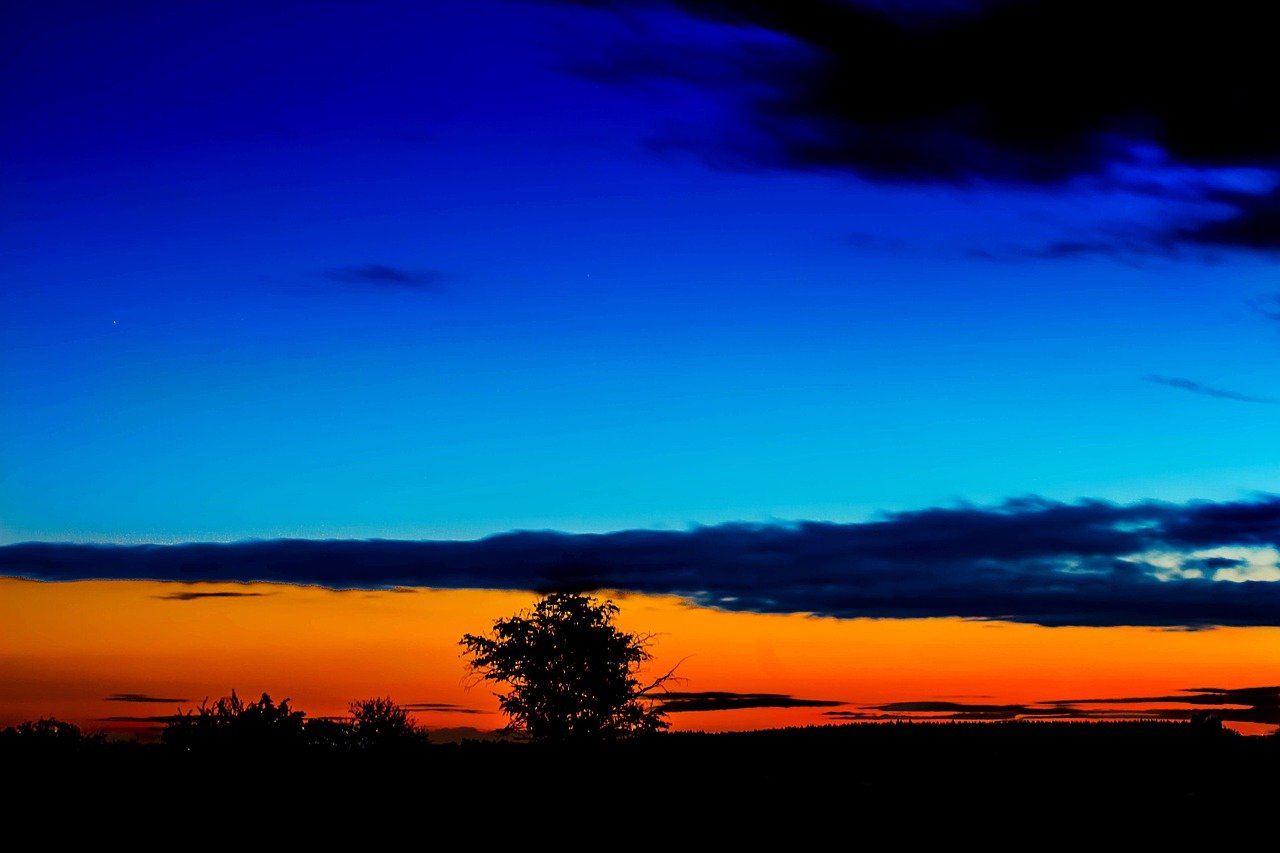
The most immediate and shocking change would be the dramatic extension of daylight and darkness periods. Instead of roughly twelve hours of sunlight followed by twelve hours of night, we’d experience twenty-four hours of scorching daylight followed by twenty-four hours of freezing darkness. As already mentioned, a decrease in rotation speed will lead to longer days and nights, which means that the Earth’s surface will heat up more during daylight hours and cool down more during the dark.
The temperature swings would be absolutely brutal. During those extended daylight periods, surface temperatures would continue climbing hour after hour with no relief from nightfall. Conversely, the prolonged nights would allow heat to radiate away into space for nearly a full day. When the day becomes much longer, the difference between day and night temperatures even in temperate latitudes could dramatically increase from the typical 6-15°C range, and life on Earth will be forced to “hide” in the oceans or artificial underground shelters.
Catastrophic Weather Pattern Disruption
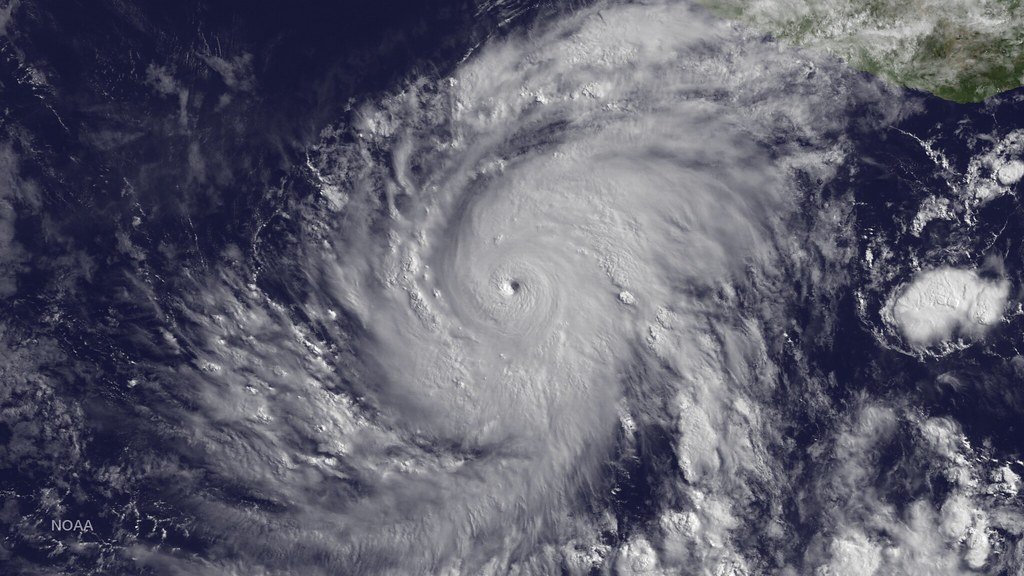
The Coriolis effect is responsible for many large-scale weather patterns, and with Earth spinning at half speed, this fundamental force would weaken dramatically. The Coriolis effect depends directly on our planet’s rotation rate, so hurricanes, cyclones, and the entire global circulation system would transform beyond recognition. Trade winds would shift, and the familiar patterns of high and low-pressure systems would become chaotic.
The jet streams that carry weather systems around the globe would slow down and potentially break apart entirely. This would mean that weather systems could stagnate over regions for weeks instead of days, bringing unprecedented droughts to some areas while others face relentless storms. The predictable seasonal patterns that agriculture depends on would vanish, creating a climate crisis unlike anything in human history.
Ocean Chaos and Massive Tidal Changes
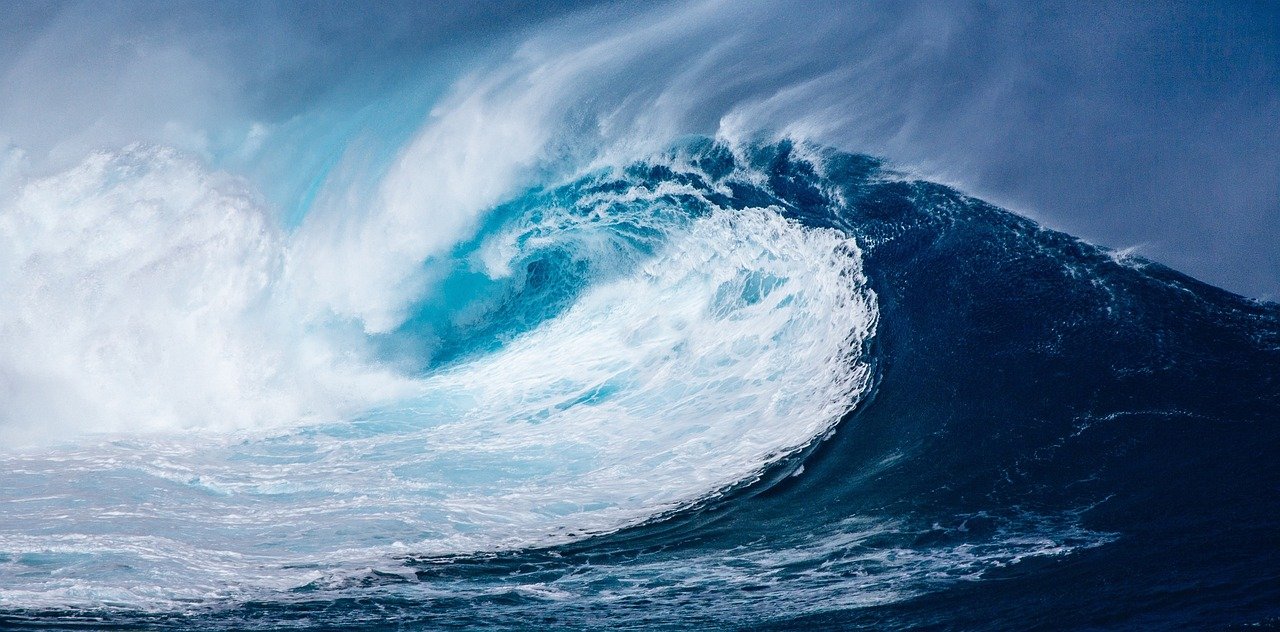
The world’s oceans would experience a complete transformation as the slower rotation fundamentally alters how water moves around the planet. If, on the contrary, the Earth is slowed down, all of the above phenomena will be observed «with the opposite sign»: the waters of the oceans will “flow” from the equator to the poles, and the difference between the tides will become smaller on average. This redistribution would expose new landmasses near the equator while flooding coastal areas in higher latitudes.
The familiar twice-daily tidal cycle would stretch into a four-day pattern, with high and low tides occurring roughly every twenty-four hours instead of every twelve. Coastal ecosystems, which have evolved over millions of years to function with current tidal patterns, would face extinction. Marine life that depends on tidal movements for feeding, breeding, and navigation would struggle to adapt to this new rhythm.
The Magnetic Field Mystery
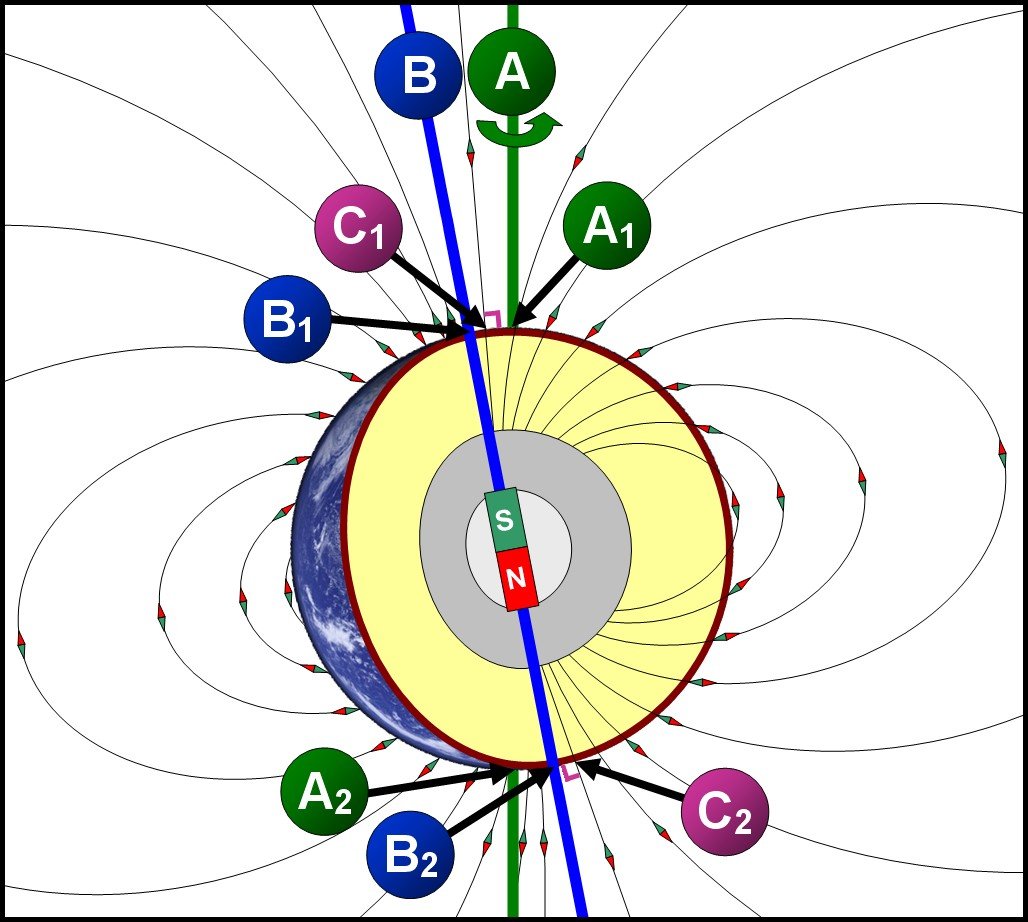
Earth’s magnetic field, which protects us from deadly solar radiation, is generated by the movement of molten metal in our planet’s core. All that liquid metal (there’s a little nickel mixed in with the iron) is moving, creating the magnetic field that shields us from some of the many hazards of space. A sudden change in rotation speed could potentially disrupt this delicate dynamo system, though the exact consequences remain scientifically uncertain.
While the magnetic field does not affect the rotation at all, the reverse relationship is more complex. Any disruption to the core’s dynamics could weaken our magnetic shield, potentially allowing more cosmic radiation to reach Earth’s surface. This would increase cancer rates and threaten electronic systems, though the magnetosphere, together with Earth’s atmosphere, still continue to protect our planet from cosmic rays and charged solar particles, though there may be a small amount of particulate radiation that makes it down to Earth’s surface.
Atmospheric Pressure and Wind Patterns Gone Wild
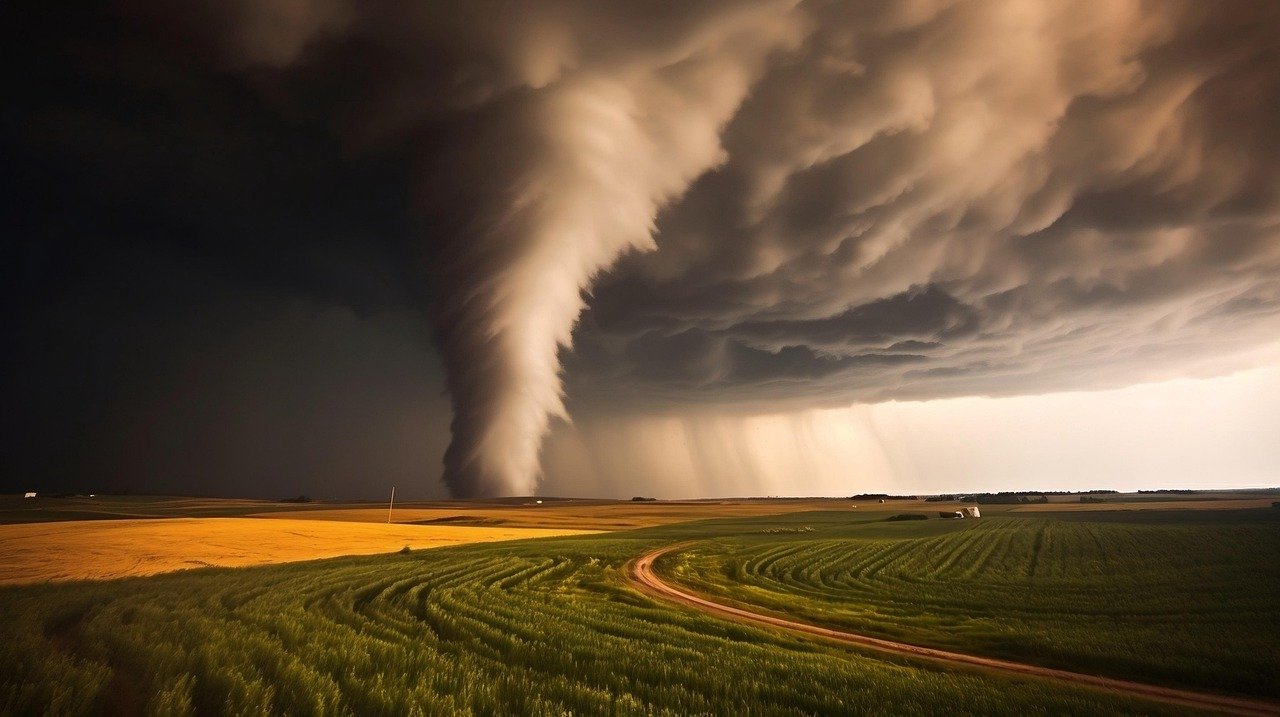
The atmosphere itself would respond dramatically to the changed rotation. Current wind patterns are driven by the Coriolis effect and the temperature differences between day and night. With forty-eight-hour cycles, these temperature differences would become extreme, creating massive pressure variations that could generate winds unlike anything we’ve ever experienced.
The familiar pressure systems that create our weather would reorganize completely. Instead of the relatively gentle pressure changes we’re used to, we might see atmospheric pressure swings that could make breathing difficult at times and create supersonic winds as air masses rush to equalize the extreme pressure differences created by the prolonged heating and cooling cycles.
Gravitational Effects and the Illusion of Weight Changes
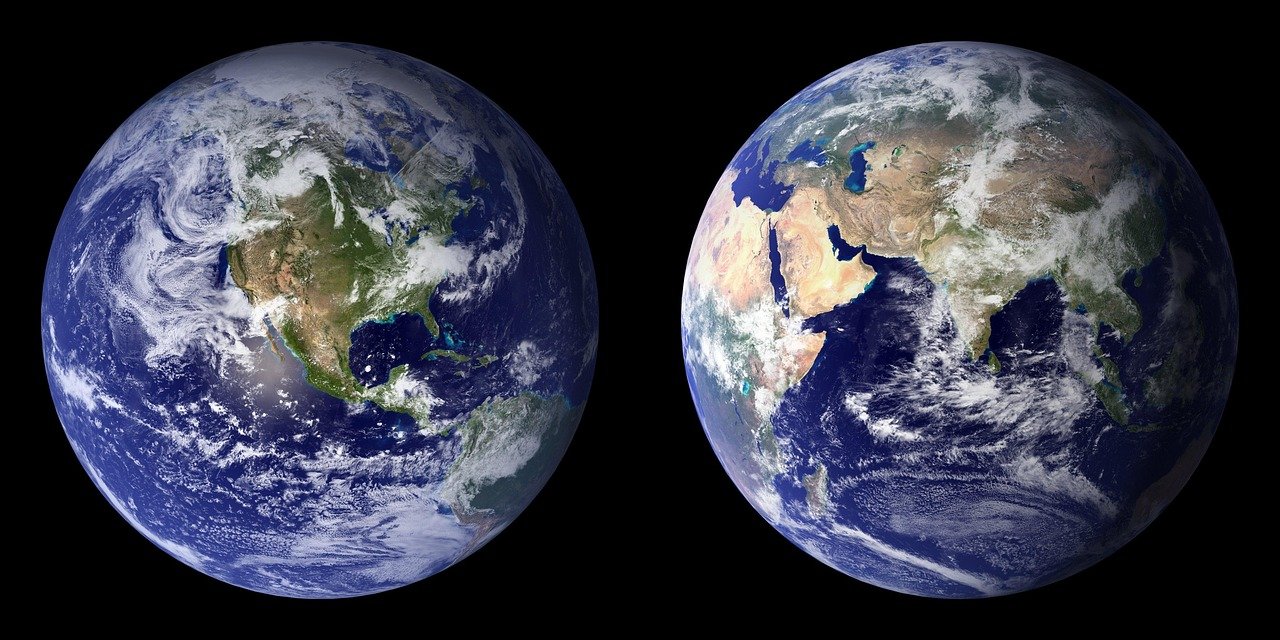
At first glance, it may seem that the faster rotation of the Earth will create a more powerful centrifugal force at the equator, which will partially compensate for gravity and make all objects lighter. This is not entirely true: under current conditions, the amount of such “compensation” is about 0.35 percent of the acceleration of free fall and can only be registered by sufficiently sensitive instruments.
With slower rotation, the slight reduction in gravity we currently experience at the equator due to centrifugal force would decrease even further. However, this change would be so minimal that humans wouldn’t notice it. The real gravitational effects would come from the massive redistribution of water from the equator to the poles, which could slightly alter local gravitational fields due to the changed mass distribution.
Biological Rhythms in Complete Chaos

Every living thing on Earth has evolved with circadian rhythms adapted to our twenty-four-hour cycle. Plants, animals, and even bacteria have internal clocks synchronized to the current day-night pattern. The sudden shift to forty-eight-hour cycles would throw these biological systems into complete disarray.
Plants would struggle with photosynthesis during the extended light periods and could suffer damage from the prolonged darkness. Many would likely die from the extreme temperature swings and disrupted growing cycles. Animals that hunt or feed at specific times of day would face starvation as their internal schedules no longer match the environmental conditions. Migration patterns, breeding cycles, and hibernation schedules would all become misaligned with the new reality.
Human Civilization’s Ultimate Challenge
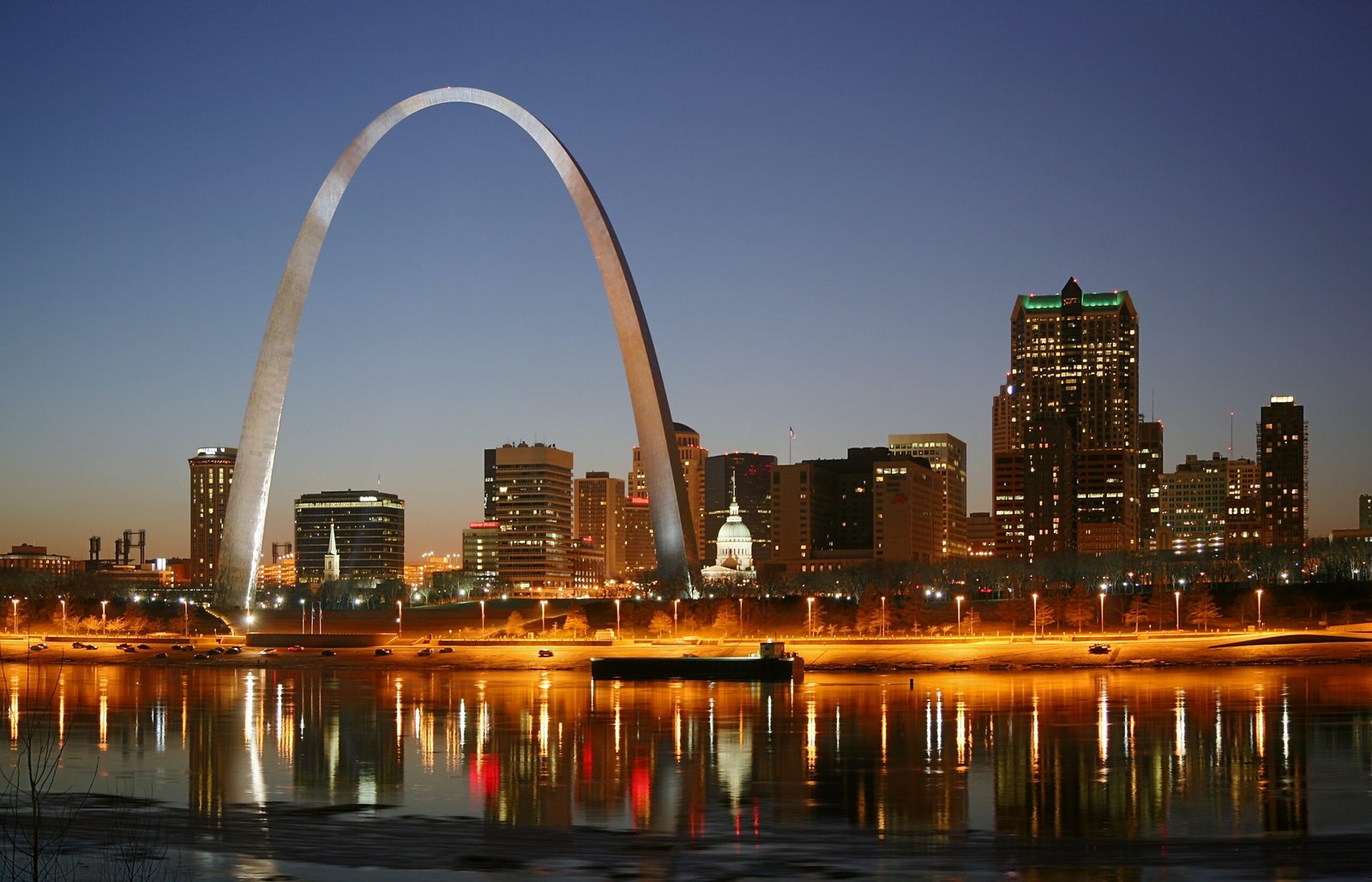
Human society would face its greatest challenge ever. Our entire infrastructure is built around the current day-night cycle. Power grids that rely on solar energy would need to store power for twenty-four-hour nights. Air conditioning systems would struggle with the extreme daytime heat, while heating systems would work overtime during the frigid extended nights.
Transportation systems would face enormous difficulties. Ships and aircraft navigation systems, which rely on predictable weather patterns and the Coriolis effect, would need complete recalibration. The chaos in ocean currents could make sea travel extremely dangerous, while the disrupted atmospheric conditions could ground aircraft for extended periods. Food production would become nearly impossible using current methods, forcing humanity to develop entirely new agricultural approaches or retreat to controlled environments.
The Technology Sector’s Race Against Time

Modern technology depends on precise timing systems that would be thrown into chaos. GPS satellites, which require exact timing to function, would need reprogramming to account for the new rotation rate. Computer networks, financial systems, and communication infrastructure that depend on synchronized timing would face massive disruptions.
The extended periods of extreme heat could damage electronic equipment, while the temperature swings could cause expansion and contraction that breaks delicate circuits. Data centers would require completely new cooling systems to handle the twenty-four-hour heat waves, and the power grid would need fundamental redesign to handle the dramatically different energy demands throughout the new forty-eight-hour cycle.
Long-term Consequences and Adaptation

If humanity somehow survived the initial chaos, we’d face centuries of adaptation. The extreme temperature variations would force most human activity underground or into specially designed climate-controlled structures. Agriculture would need to move indoors or develop completely new techniques to work with the altered growing conditions.
Ocean levels would stabilize in their new configuration after decades of adjustment, potentially creating new continents while submerging others. The climate would eventually settle into new patterns, but these would be unlike anything in Earth’s history. Seasonal variations would become more extreme, and the familiar climate zones we know today would shift dramatically or disappear entirely. Evolution would begin adapting life to the new conditions, but this process would take millions of years.
The idea of Earth’s rotation slowing to half speed might seem like an abstract thought experiment, but it reveals just how perfectly balanced our planet’s systems really are. Every aspect of life as we know it depends on that steady twenty-four-hour spin we take for granted. From the gentle Coriolis winds that bring us rain to the circadian rhythms that regulate our sleep, our world is a finely tuned machine where changing one variable would cascade into unimaginable consequences. Makes you appreciate that reliable sunrise a little more, doesn’t it?




